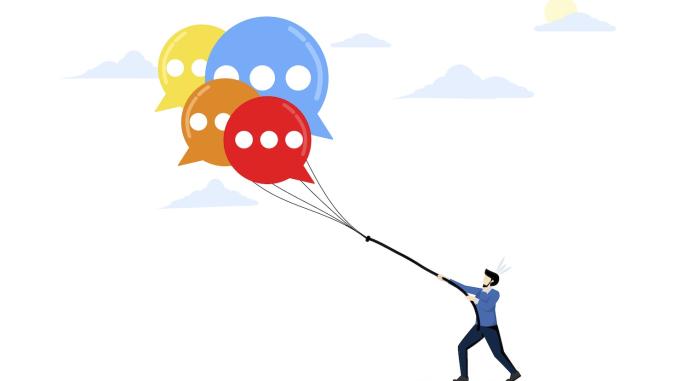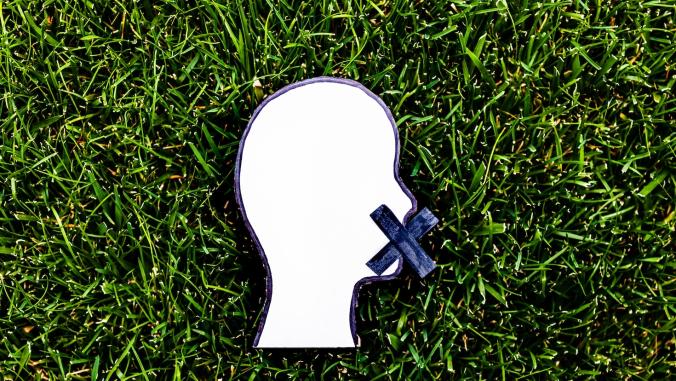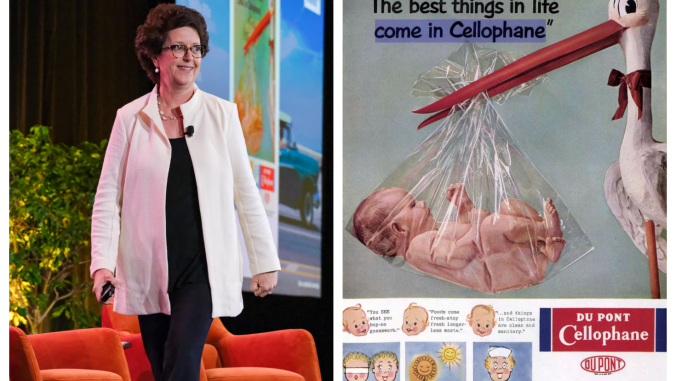Do consumers even know what 'circular economy' means?
Those chasing arrows may be chasing clueless customers.

In our Eco Pulse 2018 survey, we polled consumers on a range of sustainability and environmental terms to gauge their level of awareness. Some of the highest ranked terms were "recyclable," "human rights," "organic" and "all-natural," which was no surprise. On the lowest end, however, was "circular economy" and "cradle-to-cradle," which should serve as a wonderful reminder to all of us in the sustainability arena that the way we talk is not normal.
Circularity is a hot topic nowadays — and it’s impossible to avoid. Just look at all the Loop articles and ads you’ve seen in the past month or so on circularity of consumer goods. It practically flooded the newsfeeds on sustainability for a few weeks whether you liked it or not.
But what does it mean for consumers not to have the slightest idea what circularity means?What does it mean for consumers not to have the slightest idea what circularity means?
A key point I preach all the time is that having an environmental or social mission isn’t enough. You have to be able to effectively communicate it to consumers, and that doesn’t always come easy.

There are two solutions to this communications roadblock: teach consumers so they understand — or reframe your mission in words and ways they do understand. Perhaps this sounds obvious, but the truth is, being steeped in sustainability 24/7 makes it easy for businesses to lose sight of the terms consumers know and the messages they support —which is why we frequently poll consumers and average Americans: to keep a pulse on what’s hot for them versus what’s hot for us.
As Circle Economy, a Netherlands-based circular economy think tank, states, "Many mention the term ‘circular economy’ or ‘circular principles’ without really explaining what they mean."
And: "On the other hand, if the term is defined, the definition widely varies depending on the problems being addressed, the audience or the lens through which the author views the world." Circle Economy breaks it down into seven main categories based on "the various terms and definitions used by over 20 organizations — NGOs, government agencies, academia, consultancies, etc." — which is great for businesses but still too complex for consumers.
The Ellen MacArthur Foundation has taken a different approach — one that’s much more consumer-facing: informing consumers on the basics of circularity through cartoon illustrations, as demonstrated in this YouTube video. This approach makes circular economy more bite-sized, but it assumes consumers know the term and readily search for it as a keyword.
So, is there a middle ground? How can companies propose or shout out all their circular accomplishments and get people to listen? The short answer is: Stay tuned. We’re in the field right now with some research that will help us answer these questions, and help companies such as yours effectively communicate.





